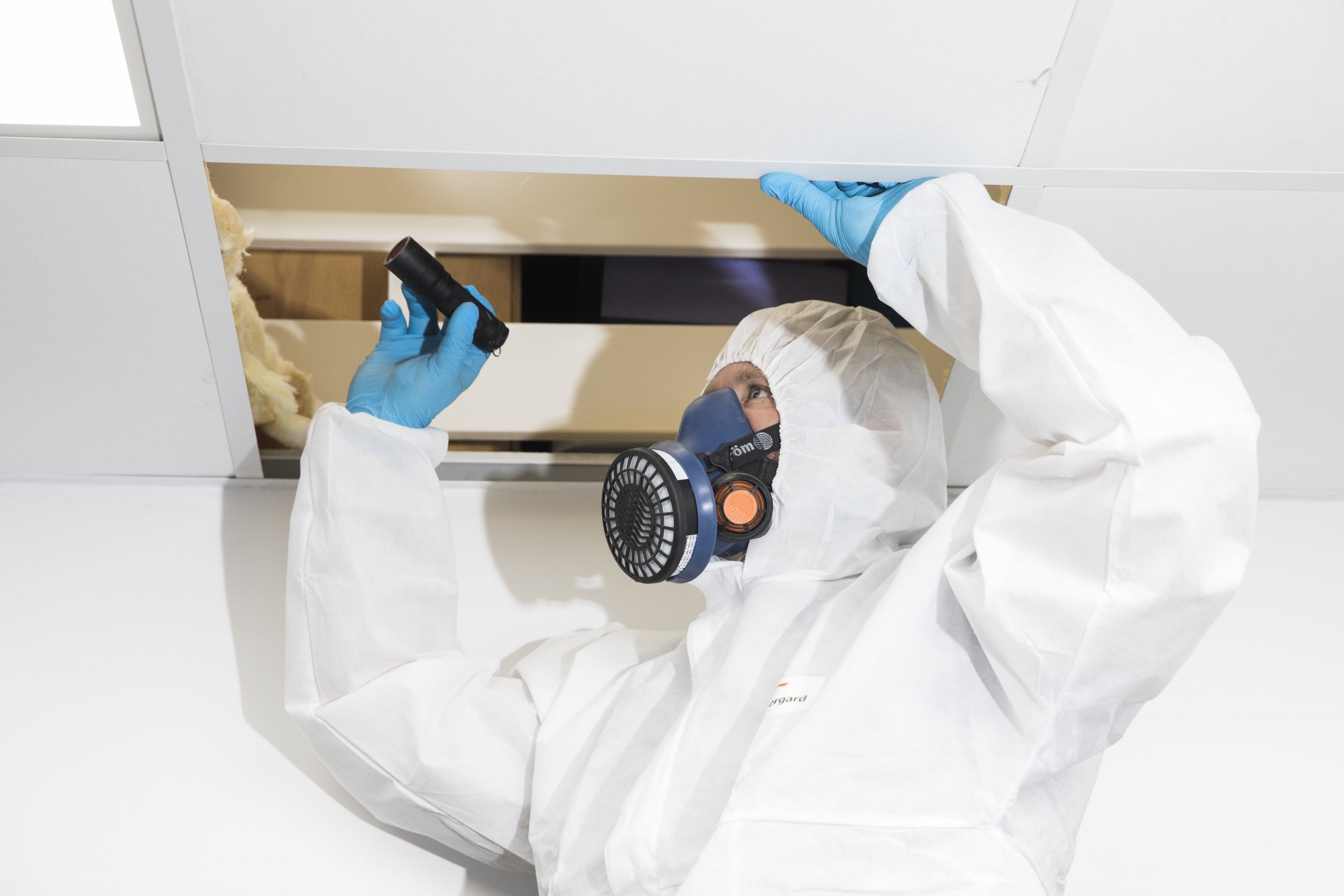The Ultimate Guide To Step-by-Step Guide: How to Test for Asbestos in Your Home Safely

Understanding the Different Types of Asbestos Testing Methods Readily available
Asbestos is a dangerous material that was once extensively utilized in development components due to its warmth resistance and durability. Nonetheless, it was later found out that asbestos fiber threads may induce intense wellness issues, including lung cancer and mesothelioma. As a end result, asbestos fiber screening has ended up being an necessary component of guaranteeing the safety and security of properties.
There are a number of different types of asbestos fiber testing methods accessible, each with its own advantages and limits. In this write-up, we will check out some of these procedures to assist you gain a far better understanding of how asbestos is sensed and analyzed.
1. Polarized Light Microscopy (PLM)
Polarized Light Microscopy is one of the very most often used techniques for asbestos identification. It entails gathering samples from assumed products and examining them under a microscopic lense to identify if they consist of asbestos fiber threads. Look At This Piece can easily recognize all six types of regulated asbestos minerals.

The procedure includes preparing thin parts of the example component and studying them using polarized light. Asbestos fibers have distinct visual residential properties that enable them to be effortlessly pinpointed under polarized lighting. Nevertheless, PLM cannot differentiate between various types of asbestos fiber fibers or identify their concentration properly.
2. Transmission Electron Microscopy (TEM)
Transmission Electron Microscopy is a extremely vulnerable method made use of for asbestos fiber review that can easily recognize also track volumes of asbestos threads in examples. TEM entails bombarding examples with electrons and assessing the resulting photos to find out if they contain asbestos fiber threads.
TEM provides comprehensive details about the dimension, form, structure, and attention of asbestos fiber fibers existing in a sample. It can easily also differentiate between different types of asbestos minerals efficiently. Having said that, TEM calls for pricey devices and specialized training to carry out the right way.
3. Scanning Electron Microscopy (SEM)
Scanning Electron Microscopy is yet another approach used for analyzing samples reckoned to have asbestos threads. SEM works by scanning the area of a example along with electrons and creating high-resolution pictures that may show the visibility of asbestos fibers.
SEM can easily provide thorough details regarding the anatomy and elemental composition of asbestos threads. It is particularly practical for analyzing bulk examples and establishing the circulation of asbestos threads within a component. Having said that, like TEM, SEM needs specialized equipment and expertise.
4. Factor Matter
Point Counting is a hand-operated technique made use of to determine the focus of asbestos fibers in a sample. It includes tallying the variety of points on a gridded slide that converge along with asbestos fiber fibers under a microscope. The outcome are then used to estimate the percentage of asbestos in the sample.
Point Counting is pretty basic and cost-effective matched up to other approaches but has actually constraints relating to reliability and preciseness. It depends on individual opinion, creating it prone to individual inaccuracy and prejudice. As such, it is typically used as a screening process device somewhat than for clear-cut identification.
5. X-Ray Diffraction (XRD)
X-Ray Diffraction is a technique utilized to pinpoint minerals located on their crystal construct. It works through routing X-rays at a sample and examining how they diffract or scatter off its atoms. XRD may be used to determine various styles of asbestos minerals efficiently.
XRD is largely accessible, pretty economical, and can easily evaluate huge numbers of examples swiftly. Nevertheless, it can easilynot calculate fiber concentration correctly or set apart between personal asbestos fiber fibers within a sample.
In conclusion, understanding the different styles of asbestos fiber testing approaches offered is vital for ensuring the protection of buildings and protecting individuals from direct exposure to this dangerous material. Each strategy has its own perks and limitations, so deciding on the very most proper one relies on aspects such as example style, required sensitiveness, cost factors to consider, and regulatory criteria.
Polarized Light Microscopy (PLM), Transmission Electron Microscopy (TEM), Scanning Electron Microscopy (SEM), Point Counting, and X-Ray Diffraction (XRD) are some often hired approaches in asbestos screening treatments. Through taking advantage of these strategies appropriately, specialists can precisely identify the visibility and focus of asbestos fiber fibers in various components, making it possible for successful monitoring and removal strategies to be applied.
